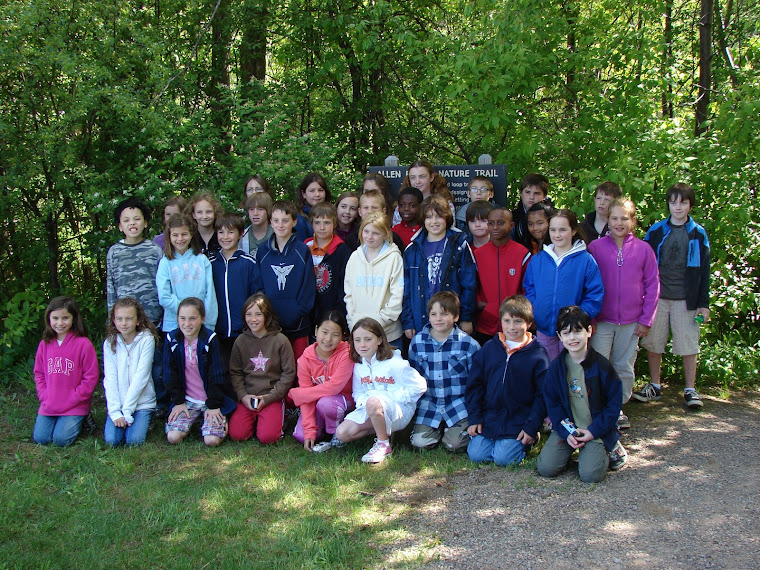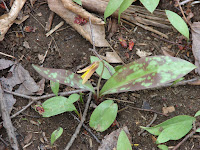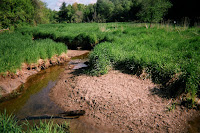
Beech trees are one of the few trees that keep their leaves in the winter. The colors of the leaves are pale in the winter, and they grow new green leaves in the spring. The bark of the beech tree is grey and smooth. Sometimes the tree trunks have claw marks from animals that climb up them in order to get the beech nuts. Beech Nuts are small triangular purple and brown nuts. They make great food for animals like bears.
Beech trees grow between 50 to 75 feet high, or 15 to 23 meters high. They are a forest tree and can be found in the Northern Hardwood Forest on the nature trail. There are two types of beech trees, the European Beech tree and the American Beech tree.
by Jacob and Julie































